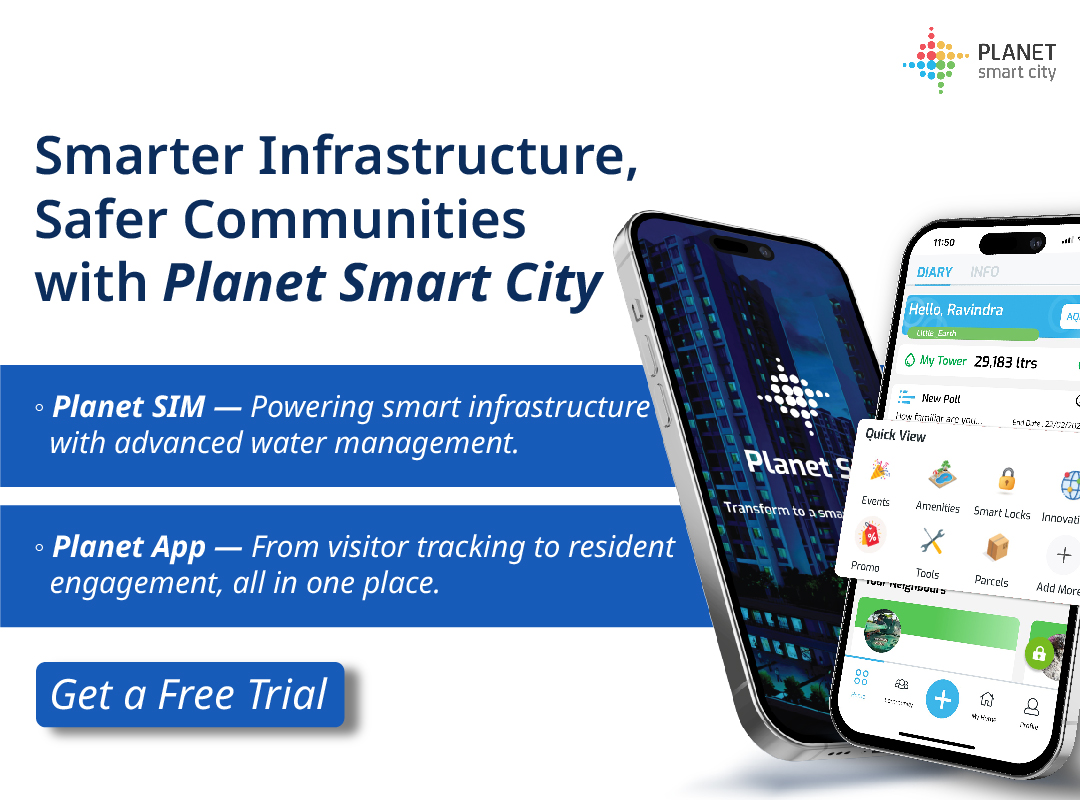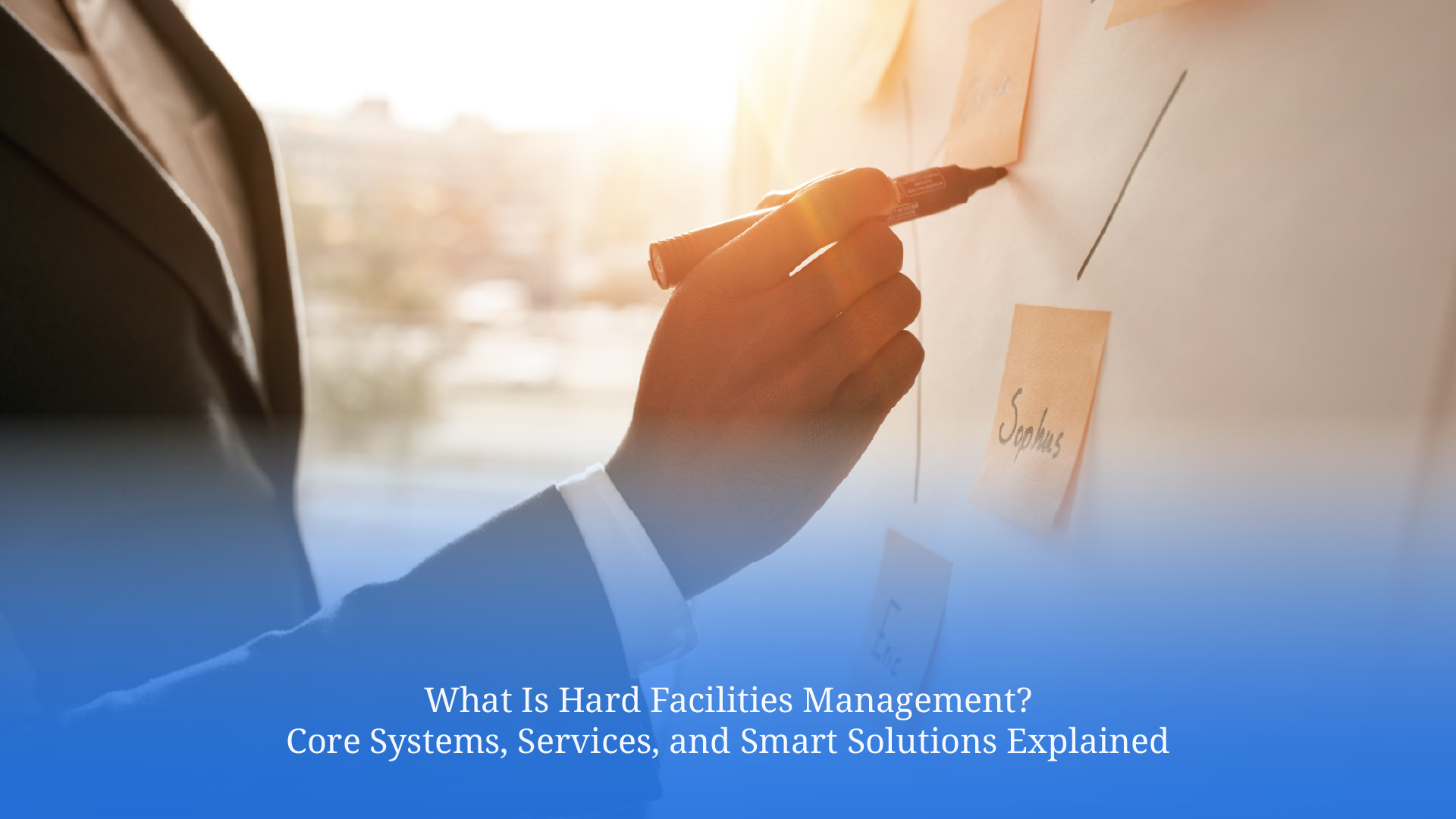How IoT Can Prevent Equipment Failures in Your Building?

The way commercial and residential buildings are managed is quietly changing. One major change is the use of fault detection and diagnostics (FDD). This process helps facility managers spot problems or inefficiencies in building systems early, before they become serious. Earlier, FDD was mainly used after a problem occurred. But now, with the help of IoT (Internet of Things) technology, it is becoming more advanced. IoT allows for real-time monitoring and gives useful predictions, which was not possible before.
What is Fault Detection and Diagnostics (FDD)?
Fault Detection and Diagnostics (FDD) is a method used to find and understand problems in building systems like HVAC, lighting, or water. Fault detection spots that something is wrong, while diagnostics looks into why the problem happened. Together, they help keep building systems working properly, especially in large or complex buildings. In building management, FDD plays a key role in keeping systems running well.


Key Benefits of Building Fault Detection and Diagnostics
A strong FDD system offers many benefits, especially when supported by IoT technology:
- Predictive Maintenance: Instead of following a fixed schedule, maintenance is based on how equipment actually behaves. FDD helps spot issues early, so teams can fix them before they cause bigger problems.
- Energy Efficiency: Faulty systems often waste energy without anyone noticing, like a chiller working too hard, a thermostat that’s off, or leaking ducts. FDD finds these problems quickly, helping reduce energy use.
- Cost Reduction: Emergency repairs and unexpected breakdowns are expensive. FDD helps avoid these by making maintenance more proactive and less reactive.
- Remote Monitoring: Facility managers don’t need to be on-site all the time. IoT-based FDD systems provide real-time updates from anywhere. This makes it easier to manage buildings and respond faster.
- Longer Equipment Life: With regular updates on system performance, parts can work more smoothly, reducing damage and extending their lifespan.
- Better Decisions with Data: Instead of relying on guesswork or visual checks, teams can utilise actual data to plan maintenance and make more informed use of time and resources.
Why IoT-Based FDD is Critical in Modern Buildings?
Modern buildings need smarter ways to stay efficient and reliable. Old systems that rely on manual checks or fixed maintenance plans are no longer enough. These older methods often detect problems only after they’ve affected safety, energy use, or comfort.
By combining IoT with FDD, building managers can monitor equipment and systems in real time. Whether it’s HVAC, lighting, water pumps, or fire systems, IoT sensors send live data that’s analysed to catch early warning signs. This helps fix small issues before they turn into costly breakdowns. This digital approach also helps meet rules, support sustainability goals, and protect the building’s long-term value.
IoT Solutions for Fault Detection
IoT-based FDD relies on smart sensors and connected devices that track important details like temperature, pressure, vibration, and energy use. These sensors work with software systems to send real-time alerts when something is not working as it should.
For instance, if a fan motor starts using more power than normal, the system immediately highlights it, often well before it breaks down completely. Some advanced systems even use machine learning to predict when a failure might happen and suggest the best time for maintenance.
Limitations of Traditional Fault Detection Methods
Manual inspections and routine maintenance are still useful, but they have some key drawbacks:
- Delayed Response: Some issues, especially small or irregular ones, can go unnoticed for weeks.
- Human Error: Inspections rely on how skilled and careful the technician is, which can lead to mistakes or missed problems.
- Lack of Data: Without sensors and sophisticated technology, building managers don’t get continuous updates on how systems are performing.
Smart Building Technologies Transforming Maintenance
At Planet Smart City, by embedding IoT-powered technology into core infrastructure, specifically lighting and water systems, we enable early fault detection, improved resource utilisation, and simplified operations. Here is how our cloud-based platform, Planet SIM, helps residents:
- Track water levels instantly, detect low volumes, and trigger auto-refills before shortages occur.
- Avoid overflow, reduce water wastage, and gain tower-wise consumption visibility to manage resources more efficiently.
- Access intelligent reports and view key water usage insights anytime through the app dashboard.
- Align lighting with your surroundings. Our platform gives you accurate, centralised control over your society’s lighting.
- Automate lights based on sunrise and sunset to reduce energy waste and boost efficiency.
- Manage all lighting operations from a single control panel. Adjust timings, override settings, and ensure consistency across the property.
- Monitor energy consumption, identify anomalies, and use clear data to make informed maintenance decisions.
These efforts help stop equipment from failing by preventing overuse, avoiding major shortages or surges, and making sure maintenance happens on time. With real-time monitoring, alerts, and useful data, problems can be spotted early. This keeps pumps, lights, and control systems running safely, helps them last longer, and cuts down on unexpected breakdowns.
Shaping the Future of Maintenance
Building management is changing, and fault detection and diagnostics are leading this shift. If your society still uses legacy maintenance models, now is the time to look into IoT-powered FDD. Get in touch with us, we’ll help you bring in the smart technologies that are shaping the future!




